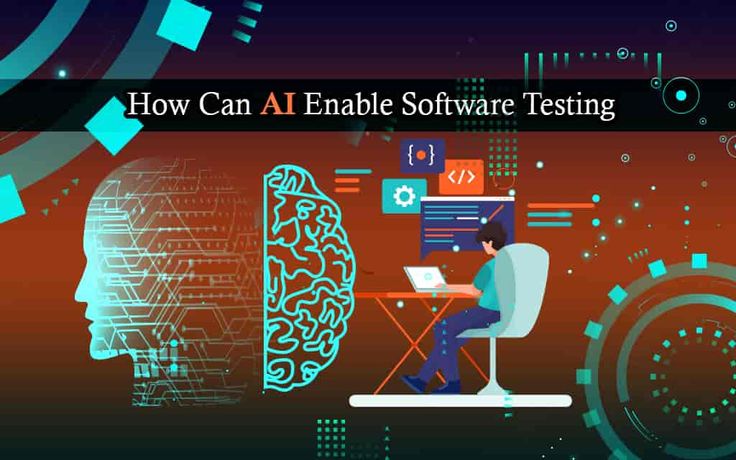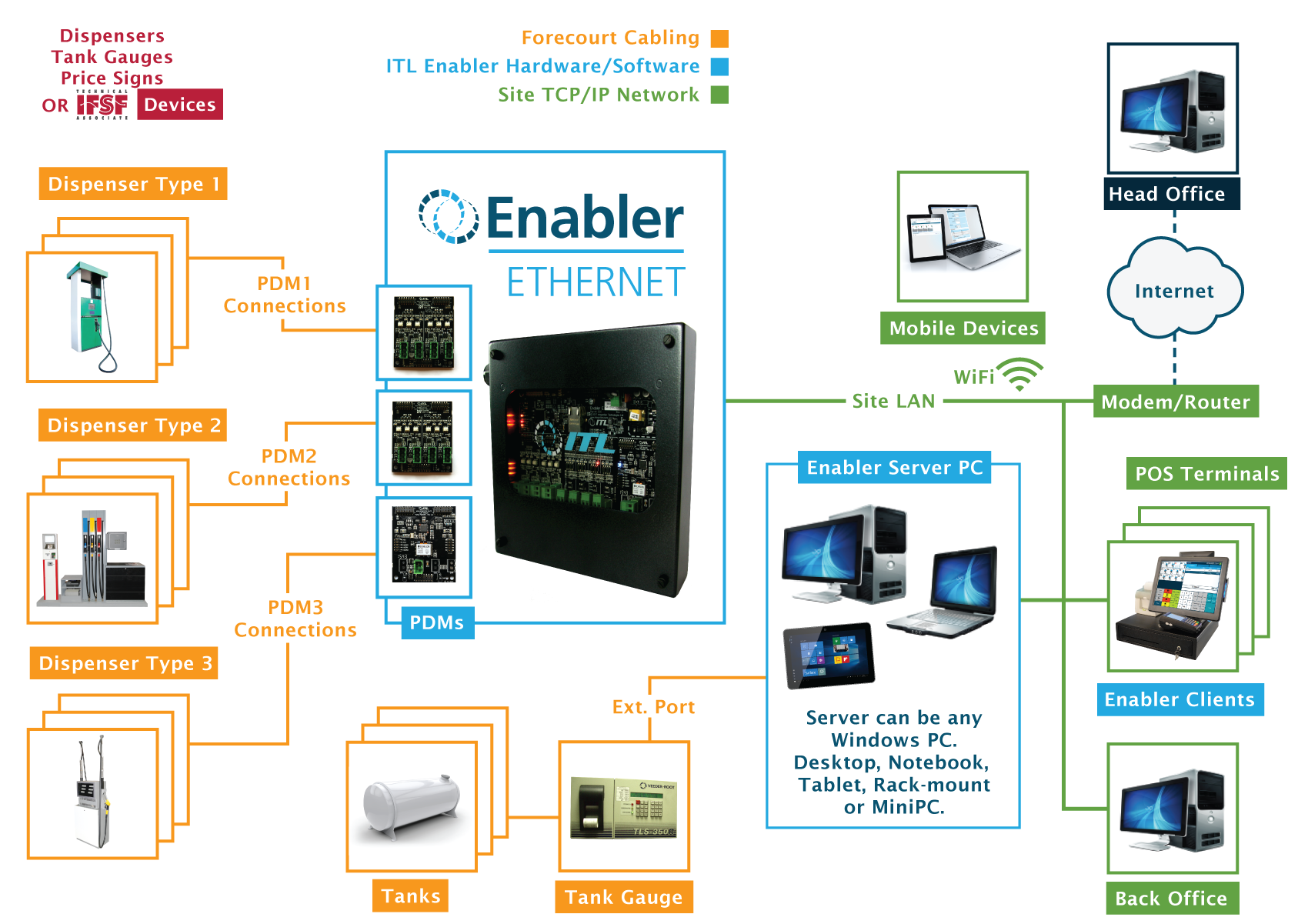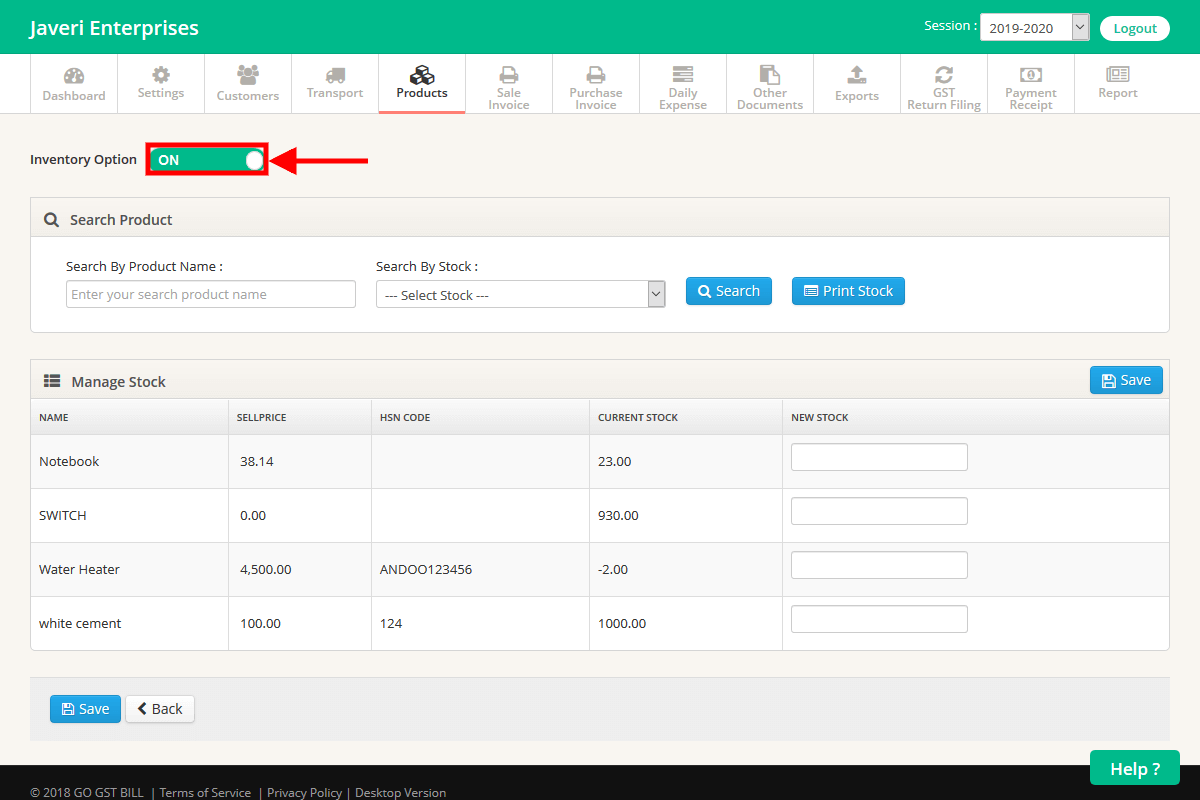Enabled software is transforming industries worldwide with its innovative approach to technology. From enhancing user experiences to improving efficiency, the impact of enabled software is profound and far-reaching. Let’s delve into the world of enabled software and explore its various facets and benefits.
Definition of Enabled Software
Enabled software refers to programs or applications that are designed to interact with other systems or devices to enhance functionality and provide additional features.
Unlike regular software that operates independently, enabled software is capable of connecting with external hardware, software, or networks to enable data exchange, automation, or integration with other systems.
Examples of Enabled Software
- Smart Home Automation Systems: Enabled software in smart home devices allows users to control lighting, security cameras, thermostats, and other appliances remotely through a centralized hub or smartphone app.
- Enterprise Resource Planning (ERP) Software: ERP systems enable different departments within an organization to share data, streamline processes, and improve overall efficiency through integrated software modules.
- Healthcare Information Systems: Enabled software in healthcare IT systems enables healthcare providers to access patient records, schedule appointments, and communicate securely to deliver better patient care.
Types of Enabled Software
Enabled software comes in various types, each serving different purposes and functions. Below are some of the common types of enabled software:
IoT Devices
IoT (Internet of Things) devices are equipped with sensors and connectivity features that allow them to interact with other devices over the internet. These devices collect and exchange data to perform specific tasks or automate processes.
Smart Home Systems
Smart home systems are integrated solutions that enable homeowners to control and automate various devices and appliances in their homes. These systems typically include smart thermostats, lighting, security cameras, and voice assistants.
Benefits of Enabled Software

Enabled software offers a wide range of benefits for businesses, enhancing user experience and improving efficiency across different sectors.
Advantages of Using Enabled Software in Businesses
- Streamlined processes: Enabled software automates tasks, reducing manual work and increasing productivity.
- Real-time data access: Users can access up-to-date information instantly, aiding in quick decision-making.
- Improved collaboration: Enabled software enables seamless communication and collaboration among team members, regardless of their location.
How Enabled Software Enhances User Experience
- Customization options: Users can tailor the software to their specific needs and preferences, creating a personalized experience.
- Intuitive interfaces: Enabled software often comes with user-friendly interfaces, making it easier for individuals to navigate and utilize the tools effectively.
- Enhanced security features: Enabled software provides robust security measures to protect sensitive data and ensure user privacy.
Examples of How Enabled Software has Improved Efficiency in Different Sectors
- Healthcare sector: Electronic health record systems have streamlined patient information management, reducing errors and improving patient care.
- Manufacturing industry: IoT-enabled software has optimized production processes, leading to cost savings and increased output.
- Financial services: AI-powered software has enhanced fraud detection capabilities, safeguarding financial transactions and minimizing risks.
Challenges in Implementing Enabled Software
Implementing enabled software can come with its own set of challenges that organizations need to address in order to ensure a successful adoption. From integration issues to security concerns, there are several obstacles that may arise during the implementation process.
Integration Challenges
One of the common challenges faced when implementing enabled software is the integration with existing systems and processes. Ensuring compatibility and seamless integration can be complex, especially when dealing with legacy systems that may not easily adapt to the new software. This can lead to disruptions in operations and delays in the implementation timeline.
Training and Change Management
Another challenge is the need for adequate training and change management strategies. Employees may resist adopting new software due to unfamiliarity or fear of change. Providing comprehensive training programs and clear communication about the benefits of the enabled software can help overcome this challenge.
Data Security Risks
Implementing enabled software may expose organizations to potential security risks, such as data breaches or cyber attacks. The interconnected nature of enabled software can create vulnerabilities that malicious actors may exploit. It is crucial for organizations to implement robust security measures, such as encryption and access controls, to mitigate these risks.
Cost and Resource Allocation
Cost can also be a significant challenge when implementing enabled software. Organizations need to allocate resources for software licensing, training, and maintenance, which can strain budgets. It is important to carefully plan and budget for these expenses to prevent cost overruns and ensure a smooth implementation process.
Strategies to Overcome Challenges, Enabled software
To overcome these challenges, organizations can take several steps, such as conducting thorough research and planning before implementation, engaging stakeholders throughout the process, and investing in comprehensive training programs. Additionally, collaborating with experienced IT professionals and leveraging external support can help navigate complex integration issues and security concerns.
Future Trends in Enabled Software

The landscape of enabled software is constantly evolving, driven by emerging technologies that are reshaping the way we interact with and utilize software solutions. Advancements in artificial intelligence (AI) and machine learning are playing a crucial role in shaping the future of enabled software, opening up new possibilities and capabilities for businesses and users alike. As we look ahead, it is important to consider how these technologies will continue to influence the development and evolution of enabled software in the coming years.
Impact of AI and Machine Learning
AI and machine learning have already made a significant impact on enabled software, enabling more intelligent and adaptive solutions that can learn from data, automate tasks, and provide personalized experiences. These technologies are expected to further enhance the functionality and performance of enabled software in various ways, such as:
- Enhanced Automation: AI-powered algorithms can automate complex processes, improving efficiency and reducing manual intervention in software operations.
- Personalized Experiences: Machine learning algorithms can analyze user data to deliver tailored recommendations and content, enhancing user engagement and satisfaction.
- Predictive Analytics: AI can enable predictive analytics capabilities in enabled software, helping businesses anticipate trends and make informed decisions based on data insights.
Evolution of Enabled Software
Enabled software is poised to evolve significantly in the coming years, driven by advancements in technology and changing user expectations. Some key trends that are likely to shape the future of enabled software include:
- Integration of IoT: Enabled software will increasingly leverage the Internet of Things (IoT) to connect with smart devices and gather real-time data for enhanced functionality and insights.
- Enhanced Security Features: With the rise of cyber threats, enabled software will prioritize robust security measures, including encryption, authentication, and access controls.
- Greater Customization Options: Users will demand more flexibility and customization in enabled software solutions, leading to the development of modular and adaptable platforms.
Final Review

In conclusion, enabled software stands at the forefront of technological advancements, promising a future where efficiency, user experience, and innovation converge to shape industries in unprecedented ways. Embrace the power of enabled software and unlock endless possibilities for your business.
Top FAQs
What makes enabled software different from regular software?
Enabled software integrates various technologies to provide enhanced functionalities and connectivity, unlike regular software that may not have such capabilities.
How can businesses benefit from using enabled software?
Businesses can benefit from enabled software by improving operational efficiency, enhancing customer experiences, and staying ahead in a competitive market.
What are some common challenges in implementing enabled software?
Common challenges include security risks, compatibility issues, and the need for specialized expertise to deploy and maintain enabled software effectively.
How is AI influencing the development of enabled software?
AI is playing a significant role in enhancing the capabilities of enabled software by enabling advanced analytics, automation, and personalized user experiences.
